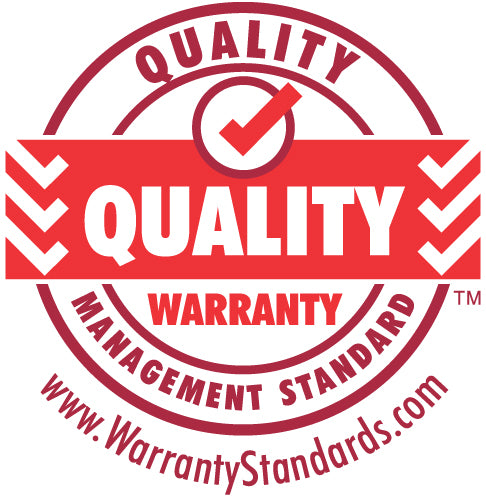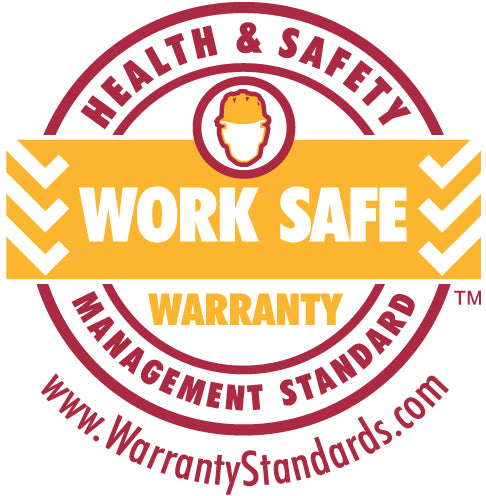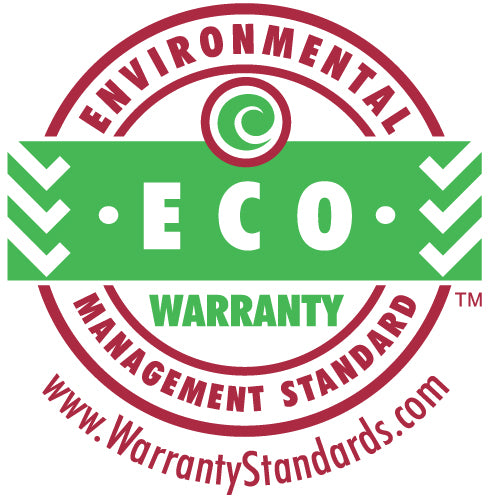News
Health & Safety is everyones Business

We know we have a problem in this country. Too many New Zealanders die or are seriously hurt while working. In comparison with other similar countries, our workplace health and safety record is woeful. Every year:
- 52 people die on the job,
- hundreds more are seriously injured, and
- 600-900 die from work-related diseases.
Something has to change. We all need to work smarter and work together to do something about it.
On 4 April 2016, the Health and Safety at Work Act (HSWA) comes into force bringing new responsibilities for everyone in the workplace. The new law is part of a reform package aimed at reducing the number of serious work-related injuries and deaths in New Zealand by at least 25 percent by 2020.
Everyone who goes to work deserves to come home healthy and safe.
What HSWA means for you
What is crucial under HSWA is that you identify the health and safety risks in your business that could seriously harm workers and others, and then consider and put in place the behaviours, practises, systems, processes and training needed to eliminate, and where they can’t be eliminated, minimise those risks.
This needs to be done collaboratively with the people in your business and with the other businesses you work with. Everyone has a role in managing health and safety.
Safety leadership is critical. It requires a focus from the top just like any other business risk, and managing it well is good for both your business and workers.
HSWA allows you to adapt your health and safety practises according to the size of your business and level of risk.
Review, revise and improve
HSWA is an opportunity for you to review your health and safety practises and behaviours and revise how you manage critical risks that could cause illness, injury or even death. Not only is this the right thing to do, it’s good business.
Simple and reasonable
HSWA recognises that each business is best placed to know what health and safety risks it creates, and what it should do to eliminate or minimise those risks. For example, a small country Bed and Breakfast will have different health and safety practises than a large hotel chain.
It’s about doing what is ‘reasonably practicable’ and proportional; balancing the level of risk, the chance of an incident happening, the severity of the impact on people, and how much influence and control an organisation has in preventing it.
HSWA promotes more effective management of risks by encouraging businesses to engage more effectively with workers, and provide opportunities for them to participate in the identification and management of the health and safety risks that affect their lives. HSWA provides some flexibility for businesses to determine what worker participation and engagement practices work best for their size, risk and workers.
Health and safety – who’s responsible?
The short answer is everyone; but with responsibilities that match what people can reasonably influence and manage.
The new law makes it clear that the business or undertaking has the primary duty of care to ensure the safety of workers and anyone affected by its work.
Good health and safety starts with good leadership. Company partners and directors (officers) need to carry out due diligence to ensure their business or undertaking is managing its key health and safety risks effectively.
Due diligence as defined in HSWA is broadly the same concept of due diligence that directors already know in a wider business sense (for example, managing financial risk or business objectives).
Workers too must take reasonable care for their own and their fellow workers’ health and safety.
Everyone has a role to play.
Collaboration is key
HSWA requires businesses to cooperate and coordinate around how they will manage risks collectively, and this includes being clear about the arrangements for doing this and how those arrangements will be monitored.
In determining this, people should be thinking about who is best placed to have the influence and control. This will be dependent on what is reasonably practicable in the circumstances.
For example, at a large building site cooperation and coordination will be needed between the construction firm, the principal contractor, electricians, carpenters, and bricklayers. Each has responsibility for the health and safety of workers on site as well as others eg visitors. Together they will make sensible arrangements that reflect who has the most influence over which area of work.
Where supply chains are involved, those with influence and control need to adopt good contractor management principles and not attempt to unreasonably push responsibilities down the supply chain.
HSWA still enables, and in some cases requires, worker representation and health and safety committees (HSCs), which are well-established worker participation methods.




